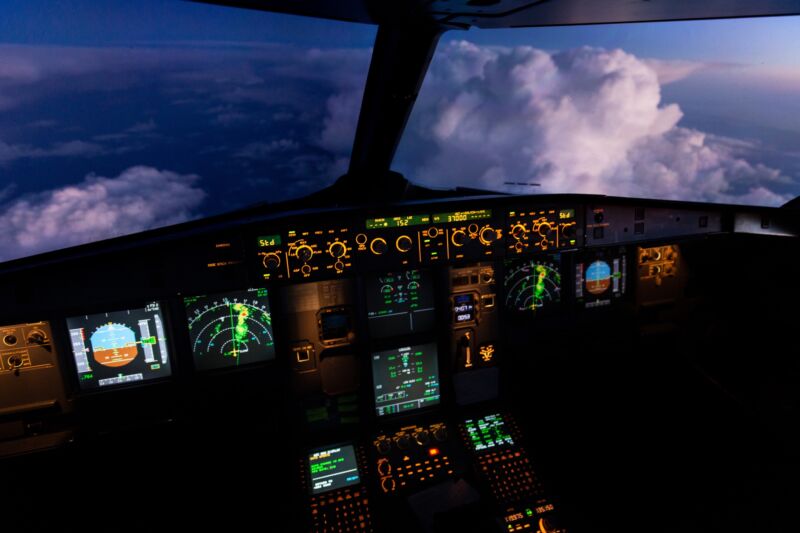The FAA said just before Thanksgiving 2021 that it would issue a warning to airlines about possible interference. Late in December 2021, as mobile communications firms like AT&T and Verizon prepared to launch their 5G services, the FAA issued warnings that the new wireless transmissions might cause radio altimeters to fail, endangering passengers’ lives. The wireless operators reacted by postponing the rollout of the new service.
Those initiatives, however, triggered a dispute with the Federal Aviation Administration (FAA), which warned that cell signals might interfere with altimeters used by pilots to land in low-visibility circumstances.

The FAA’s war against AT&T and Verizon’s new 5G rollout looks to be dying down, as the FAA revealed on Thursday that an “estimated 78 percent of the US commercial fleet” has now been allowed to land at airports with 5G C-band, even in low-visibility situations. The agency’s announcement follows a week of controversy over the introduction of AT&T and Verizon’s enhanced cellular technology, which saw US airlines warn of “catastrophic disruption” to travel and shipping, and several international airlines announce flight cancellations to select US airports.
Concerns have been raised that some radio altimeters will fail to ignore signals from the upcoming 5G transmitters correctly. While there are safeguards in place to prevent this from happening, such as constructing buffer zones around airports, an inaccurate altimeter reading might pose serious issues during a low-visibility landing.
Given the stakes, the FAA has stated that only planes equipped with altimeters that it has tested and certified would be permitted to land in less-than-ideal conditions at airports where the new 5G technology has been implemented.

The agency said on January 16th that it had certified two altimeters, which increased to five on Wednesday. According to the company, the approved altimeters were placed in “some” types of planes, such as the Boeing 737, 747, and 777. On Thursday, the FAA clarified that the 13 certified altimeters should cover “all” Boeing 717, 737, 747, 757, 767, 777, 787, MD-10/-11, and Airbus A300, A310, A319, A320, A330, A340, A350, and A380 types. It also mentions “some” Embraer 170 and 190 regional planes.
The FAA continues to forecast that certain altimeters would fail the test because they are “too susceptible to 5G interference.” Planes equipped with those models will not be permitted to land at airports equipped with the new 5G technology in low-visibility conditions, which could prevent airlines from scheduling flights to airports of concern, given the unpredictability of weather and the disruption such a diversion would cause.

The carriers have expressed dissatisfaction with the FAA and airlines’ handling of the matter. As a result, their rollouts have been postponed several times.
AT&T issued a statement on Tuesday criticizing the FAA’s “inability to do what nearly 40 countries have done, which is to deploy 5G technology without disrupting aviation services safely.” Verizon also issued a similar announcement, mentioning the rollouts in several other nations.


